They were everywhere—stirring sauces on Food Network, flipping omelets on morning shows, and landing glossy magazine covers with their signature smiles. These once-famous chefs made us believe we, too, could whip up gourmet meals with a flick of the wrist and a sprinkle of sea salt. But as food trends shifted and fresh faces took the spotlight, these culinary stars quietly stepped away, leaving us with memories of their once-inescapable TV moments. Curious to find out what happened to them? Take a nostalgic journey through 18 chefs who ruled the kitchens of our screens.
1. Sandra Lee’s Semi-Homemade Empire
The queen of “tablescapes” revolutionized home cooking with her 70/30 approach – combining store-bought ingredients with fresh elements. Her Food Network show debuted in 2003, quickly becoming a hit with busy parents and novice cooks.
Beyond her cooking style, Lee’s elaborate themed decorations became her signature, often stealing the spotlight from the actual food. Her famous Kwanzaa cake and cocktail hour segments sparked both devotion and parody.
After battling breast cancer and ending her relationship with former New York Governor Andrew Cuomo, Lee stepped back from regular TV appearances, though her influence on accessible cooking remains.
2. Pat and Gina Neely’s Barbecue Love Story
Memphis barbecue royalty Pat and Gina Neely sizzled on Food Network with their show “Down Home with the Neelys,” launching in 2008. Their on-screen chemistry and family-style cooking made viewers feel like welcome guests at their dinner table.
The couple’s restaurant empire included three successful Tennessee barbecue joints where they perfected their signature dry rubs and sauces. Their playful banter and loving interactions became as much a draw as their mouthwatering Southern recipes.
Few fans suspected trouble behind the scenes until their sudden divorce in 2014, which led to both stepping away from television and closing their restaurants.
3. Sara Moulton’s Culinary Classroom
Before 24/7 cooking channels existed, Sara Moulton was demystifying professional techniques for home cooks. As executive chef at Gourmet magazine and host of “Cooking Live,” she answered viewers’ call-in questions in real-time – with no safety net of editing.
Her practical approach came from training under Julia Child and Jacques Pépin, culinary legends who valued technique and understanding. Unlike many TV personalities, Moulton’s credentials were impeccable: Culinary Institute of America graduate and professional restaurant chef.
When Food Network shifted toward competition shows and celebrity personalities, Moulton’s educational approach fell out of favor, though she continues cooking on public television today.
4. Cat Cora’s Iron Chef Breakthrough
Making history as the first female Iron Chef in 2005, Cat Cora shattered the culinary glass ceiling on one of food television’s most prestigious stages. Her Mediterranean-influenced cooking style reflected her Greek heritage while incorporating global flavors and techniques.
Beyond Kitchen Stadium, Cora expanded into restaurant concepts in airports, Disney parks, and cruise ships. Her cookbook empire and charity work, particularly with nutritional education, cemented her reputation as more than just a TV personality.
Despite opening doors for countless female chefs in competitive cooking, Cora’s media presence has diminished in recent years as new faces have captured the spotlight.
5. Stephanie Izard’s Top Chef Triumph
With her infectious laugh and fearless approach to flavor combinations, Stephanie Izard made history as the first woman to win Bravo’s “Top Chef” in 2008. Her victory came from unexpected pairings and a refreshing lack of ego rare in competitive cooking shows.
After her television success, Izard opened Girl & the Goat in Chicago, where diners still wait months for reservations. Her empire expanded with Little Goat Diner, Duck Duck Goat, and Cabra, each showcasing different aspects of her culinary vision.
Though she occasionally appears as a guest judge, Izard has largely traded constant TV exposure for restaurant excellence, focusing on mentoring young chefs rather than maintaining celebrity status.
6. Rocco DiSpirito’s Rollercoaster Career
Handsome and charismatic, Rocco DiSpirito seemed destined for culinary superstardom in the early 2000s. His NBC reality show “The Restaurant” chronicled the opening of his New York eatery Rocco’s, capturing both kitchen drama and his rising celebrity status.
Critics adored his cooking at Union Pacific, where he earned three stars from The New York Times. His Italian-American heritage informed his sophisticated yet accessible approach to fine dining that helped define early food television.
After very public legal battles with his restaurant investors, DiSpirito reinvented himself as a health food advocate, trading fine dining for fitness-focused cookbooks and occasional TV appearances on shows like “The Biggest Loser.”
7. Ming Tsai’s East-West Revolution
Long before fusion cuisine became mainstream, Ming Tsai was blending his Chinese heritage with classical French techniques. His PBS show “Simply Ming” taught viewers to embrace Asian ingredients without intimidation, making fish sauce and lemongrass as approachable as salt and pepper.
Tsai’s Blue Ginger restaurant in Massachusetts became a culinary destination, earning him a James Beard Award. Unlike many TV chefs, he maintained serious culinary credibility while making complex flavors accessible to home cooks.
As a food allergy advocate, Tsai pioneered safety protocols in restaurants nationwide. Though less visible on television today, his influence on American comfort with Asian flavors cannot be overstated.
8. The Deen Brothers’ Southern Legacy
Jamie and Bobby Deen learned Southern cooking at their mother Paula’s apron strings before becoming food personalities in their own right. Their boyish charm and family recipes made them natural extensions of the Deen brand, appearing regularly on Food Network and publishing multiple cookbooks.
The brothers managed the family restaurant The Lady & Sons in Savannah, Georgia, while building their own media careers. Their approach offered slightly modernized versions of their mother’s traditional Southern comfort food, with occasional nods to healthier eating.
When Paula Deen’s empire crumbled amid controversy in 2013, the brothers’ television presence diminished as well, though they continue operating restaurants and making occasional media appearances.
9. John Besh’s New Orleans Fall
Before scandal derailed his career, John Besh was the smiling ambassador of modern New Orleans cuisine. His restaurants, including the acclaimed Restaurant August, helped revitalize the city’s dining scene after Hurricane Katrina devastated the region.
Besh’s cookbooks and TV appearances showcased sophisticated yet soulful Louisiana cooking. His charitable foundation provided scholarships and grants to preserve Southern foodways and support local farmers.
In 2017, allegations of sexual harassment from multiple employees led to Besh’s resignation from his restaurant group. The accusations permanently tarnished his reputation, causing many to forget how influential he once was in elevating Creole and Cajun cuisine.
10. Fatima Ali’s Bright Star Cut Short
Pakistani-born Fatima Ali captured hearts on “Top Chef” season 15 with her bold flavors and even bolder personality. Her cooking masterfully combined South Asian spices with modern techniques, creating dishes that told the story of her heritage and training.
Viewers fell in love with Ali’s candid confessionals and infectious enthusiasm. Her terminal cancer diagnosis came shortly after filming, leading to a poignant essay about her final food adventures and what cooking meant to her life.
Though her career was tragically brief before her passing in 2019 at age 29, Ali’s impact on expanding the culinary conversation around Pakistani cuisine and immigrant chef experiences remains profound.
11. Carl Ruiz’s Larger-Than-Life Flavor
With his booming laugh and encyclopedic food knowledge, Carl Ruiz became the unexpected breakout star of Guy Fieri’s food universe. His appearances on “Guy’s Grocery Games” showcased both technical skill and playful creativity that made him an instant fan favorite.
Cuban-American Ruiz owned Marie’s Italian Specialties in New Jersey before opening La Cubana in New York City. His expertise spanned multiple cuisines, but his passion for preserving authentic Cuban recipes and techniques was especially evident.
Food Network viewers were shocked by his sudden passing in 2019 at age 44 from atherosclerotic cardiovascular disease. Fieri and other celebrity chefs continue to honor his memory through scholarships for culinary students.
12. Gale Gand’s Sweet Sensations
Before baking competitions dominated food television, Gale Gand was teaching Americans the art of proper pastry. Her Food Network show “Sweet Dreams” broke down intimidating desserts into manageable steps, encouraging home cooks to attempt soufflés and sugar work.
As executive pastry chef at Chicago’s Tru, Gand earned two James Beard Awards for her innovative yet classic approach to sweets. Her signature desserts often featured playful nods to American childhood favorites, elevated through French technique.
When Food Network shifted programming toward competitions rather than instruction, Gand focused on her restaurants, cookbooks, and artisanal root beer business. Her influence on American pastry arts remains significant despite her reduced television presence.
13. Ron Ben-Israel’s Cake Artistry
Former professional dancer Ron Ben-Israel brought balletic precision to cake decorating, creating edible masterpieces that defied gravity and expectations. His New York City bakery produced wedding cakes for celebrities and socialites, with sugar flowers so realistic they fooled experienced florists.
Food Network’s “Sweet Genius” showcased Ben-Israel’s exacting standards and theatrical personality. His competition show challenged pastry chefs with unusual ingredients and artistic prompts, with Ben-Israel’s dramatic judging style becoming its own form of entertainment.
Though less visible on television now, his influence on wedding cake design remains enormous. Modern cake decorators still reference his techniques for creating lifelike sugar flowers and architectural structures.
14. Martin Yan’s Wok Wizardry
“If Yan can cook, so can you!” With this catchphrase, Martin Yan invited Americans into Chinese cooking decades before most cities had authentic Chinese restaurants. His lightning-fast knife skills and enthusiastic teaching style made “Yan Can Cook” a PBS staple starting in 1982.
Born in Guangzhou, China, Yan earned a Master’s degree in food science before becoming television’s most recognizable Chinese chef. His 3,500+ episodes across multiple series introduced techniques like proper wok hei (breath of the wok) to generations of home cooks.
Though newer Asian food personalities have emerged, Yan’s pioneering role in making Chinese ingredients and techniques accessible to Western audiences remains unmatched.
15. Charlie Trotter’s Culinary Revolution
Before the term “celebrity chef” existed, Charlie Trotter was redefining American fine dining from his Chicago restaurant. Opening in 1987, Charlie Trotter’s helped establish tasting menus as the ultimate gastronomic experience, with vegetable courses given equal importance to protein.
Notoriously demanding, Trotter’s kitchen became a training ground for future stars like Grant Achatz and Graham Elliot. His cookbooks set new standards for food photography and recipe development, winning three James Beard Awards.
After closing his restaurant in 2012 to pursue academic studies, Trotter died unexpectedly in 2013 at age 54. Despite his profound influence on modern American cuisine, younger food enthusiasts may not recognize his revolutionary contributions.
16. Paul Prudhomme’s Cajun Revolution
Before Paul Prudhomme, most Americans couldn’t distinguish between Cajun and Creole cuisine. His French Quarter restaurant K-Paul’s Louisiana Kitchen changed that forever, introducing the nation to blackened redfish so popular it nearly caused the species to be overfished to extinction.
Prudhomme’s larger-than-life personality matched his innovative cooking style. His spice blends became pantry staples across America, while his 1984 cookbook “Chef Paul Prudhomme’s Louisiana Kitchen” remains the definitive guide to authentic Louisiana cooking.
Following his death in 2015, Prudhomme’s influence on American regional cuisine has been somewhat overshadowed, though chefs still reference his techniques for developing deep flavor in relatively simple dishes.
17. Wylie Dufresne’s Molecular Gastronomy Magic
At his revolutionary restaurant wd~50, Wylie Dufresne created dishes that looked like magic tricks: shrimp noodles made entirely of shrimp, “eggs Benedict” with deep-fried hollandaise cubes, and “bagels and lox” ice cream. His scientific approach earned both devoted fans and skeptical critics.
Dufresne’s appearances on “Top Chef” and “Iron Chef” showcased his intellectual approach to cooking. Rather than simply making delicious food, he questioned fundamental assumptions about texture, temperature, and flavor combinations.
When wd~50 closed in 2014 due to real estate development, molecular gastronomy was already fading from trend to technique. Dufresne’s innovations now appear on menus worldwide, often without diners realizing their origin.
18. Joanne Weir’s Mediterranean Mastery
Few chefs can claim to have studied directly under Alice Waters, but Joanne Weir spent five years at Chez Panisse before becoming a culinary educator. Her PBS series “Joanne Weir’s Cooking Class” combined travel segments through Mediterranean countries with hands-on instruction for home cooks.
Weir’s approach emphasized understanding ingredients rather than simply following recipes. Her background as a professional artist informed her plating style, which showcased natural beauty without unnecessary flourishes.
Though her television presence has diminished, Weir continues teaching cooking classes worldwide and operating Copita, her tequila bar and restaurant in Sausalito, California. Her 17+ cookbooks remain valuable resources for Mediterranean cooking techniques.
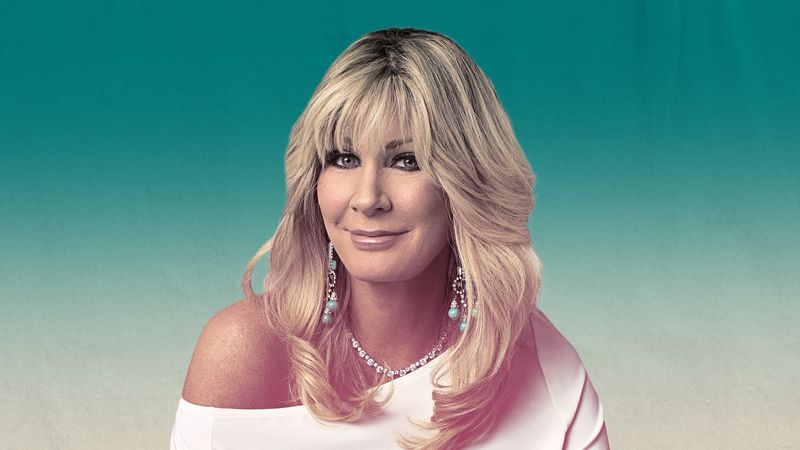

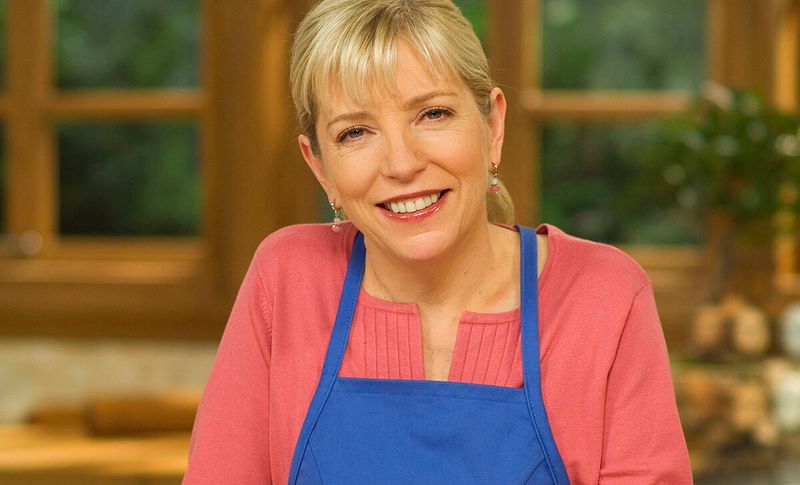
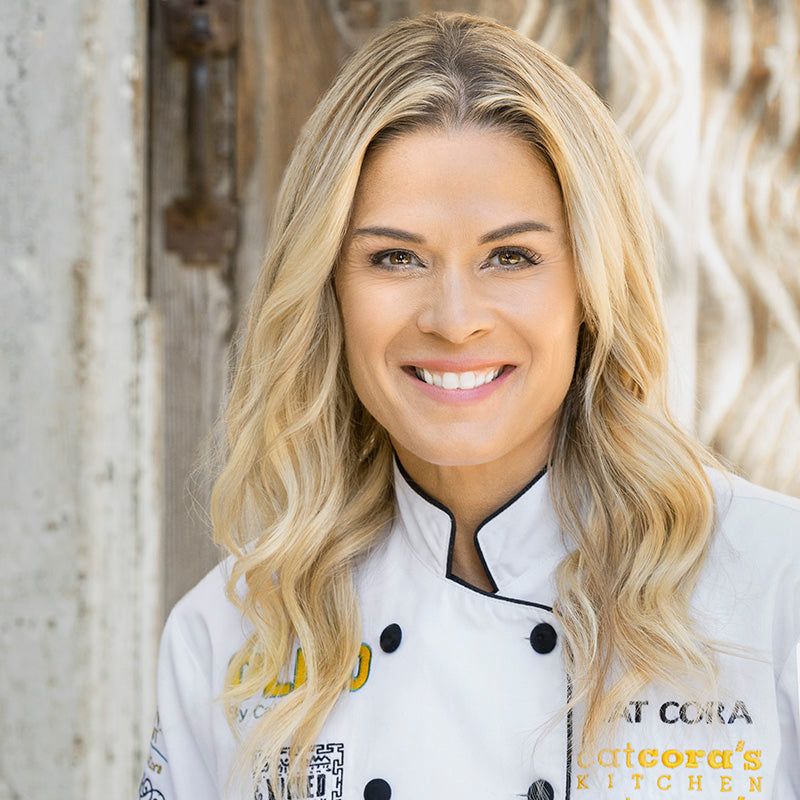
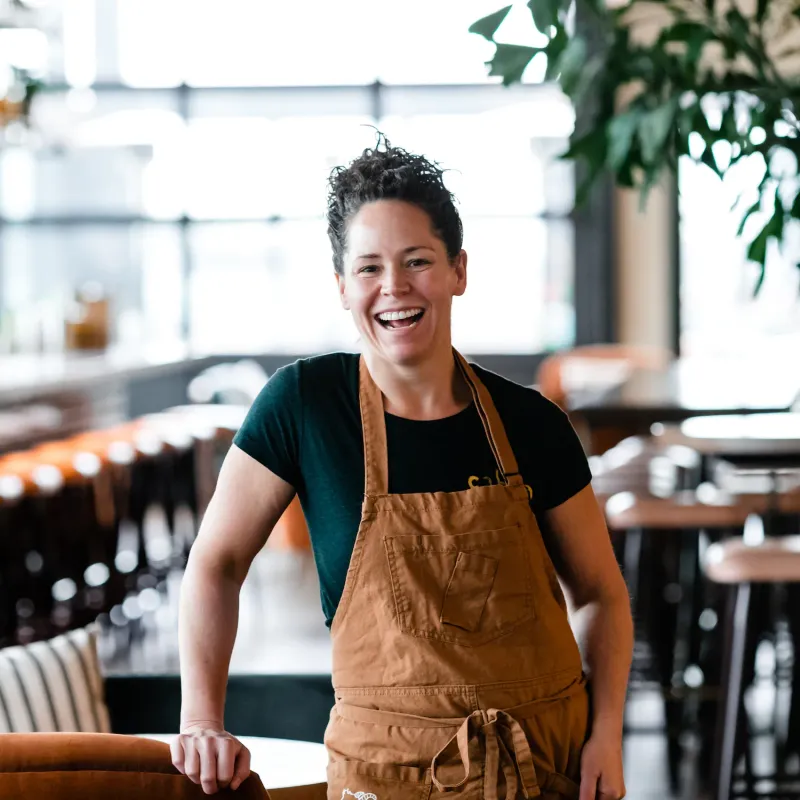
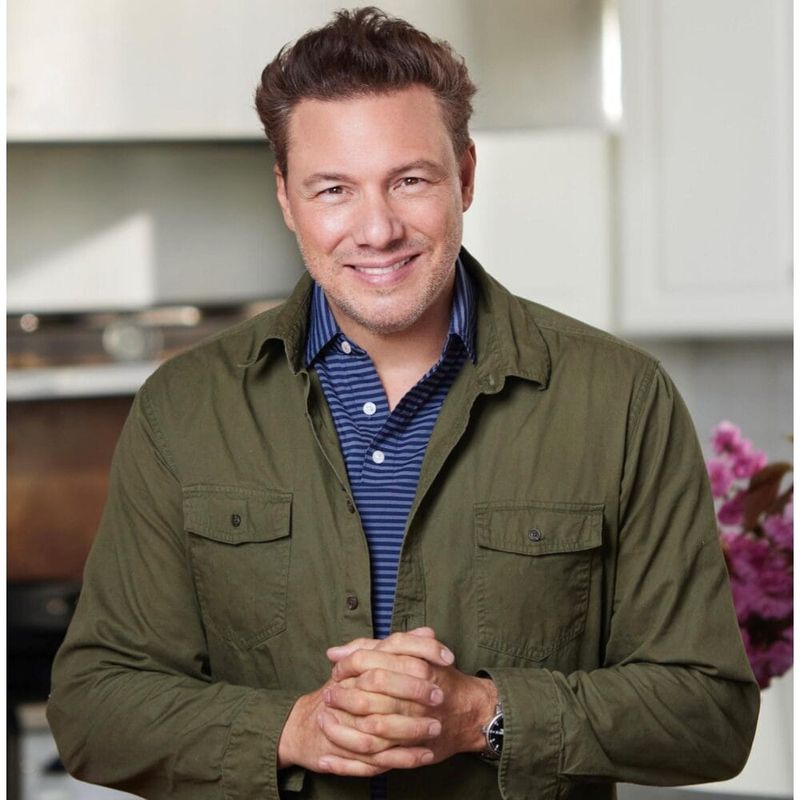
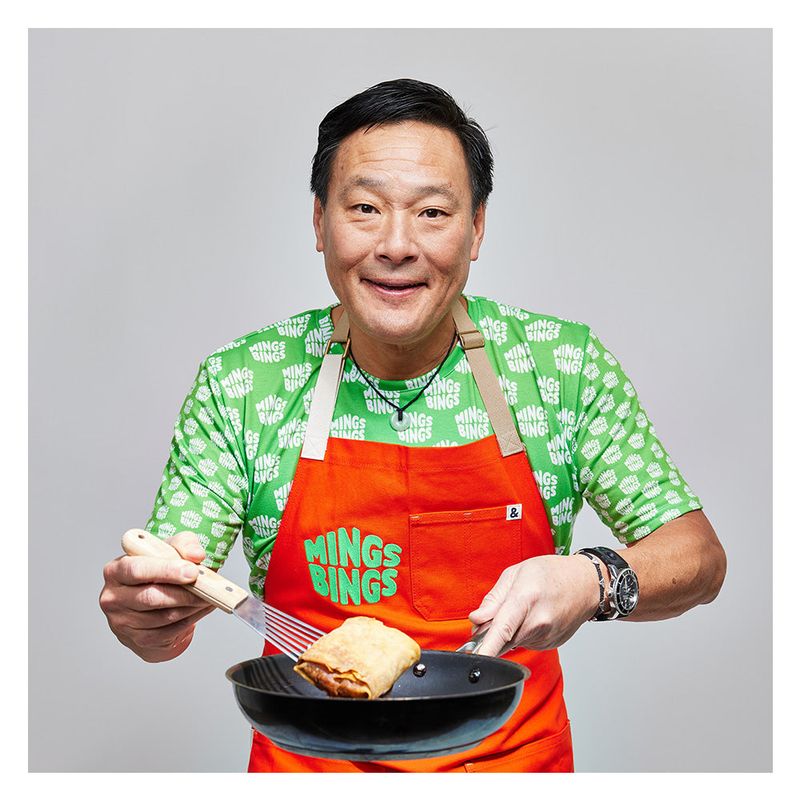
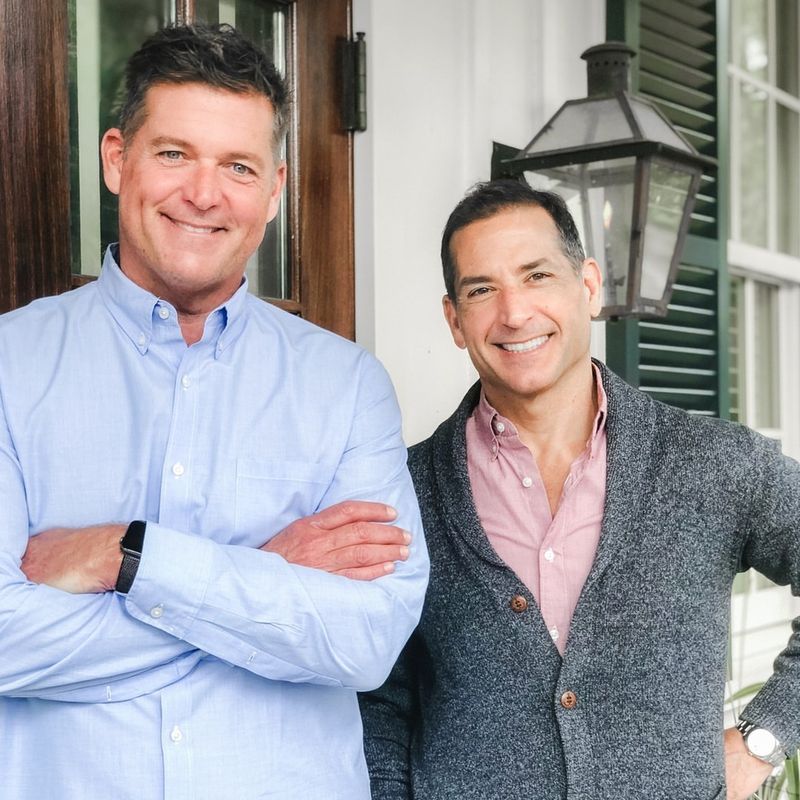
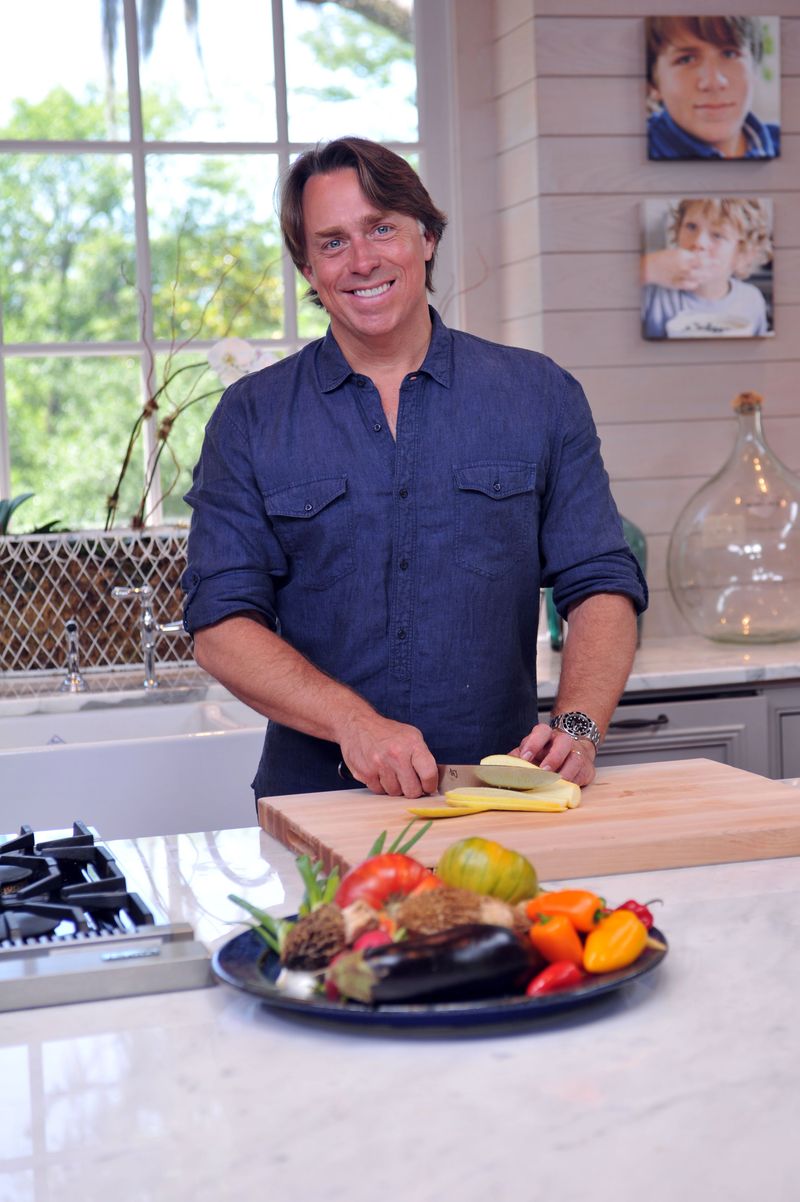
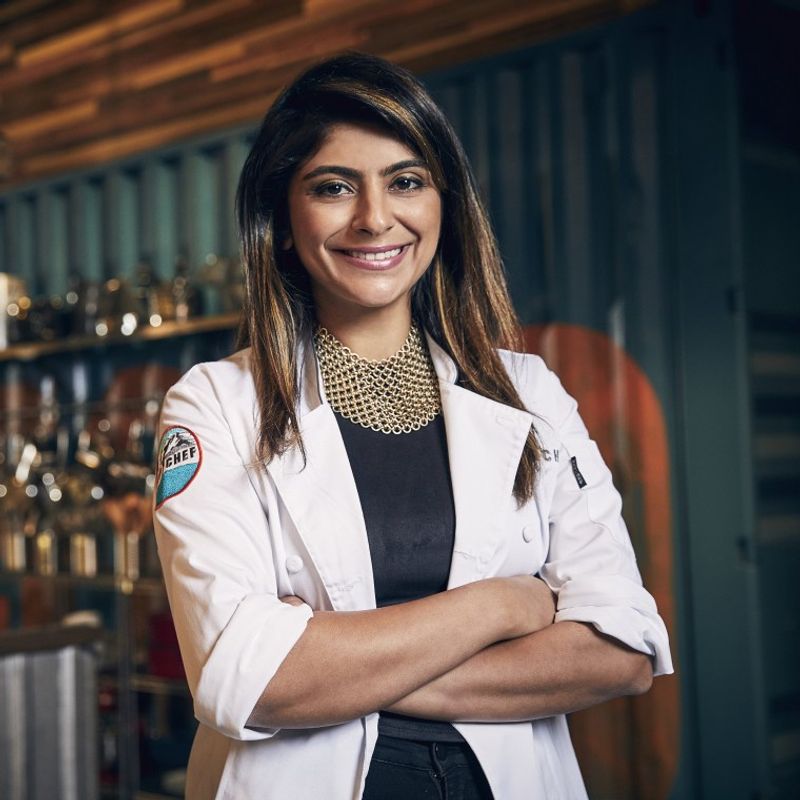
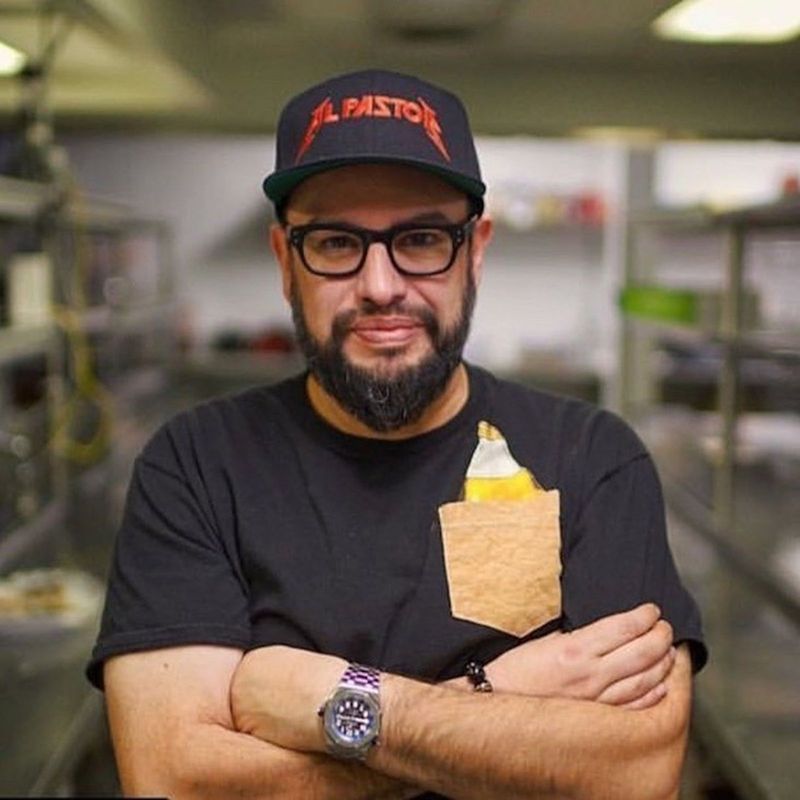
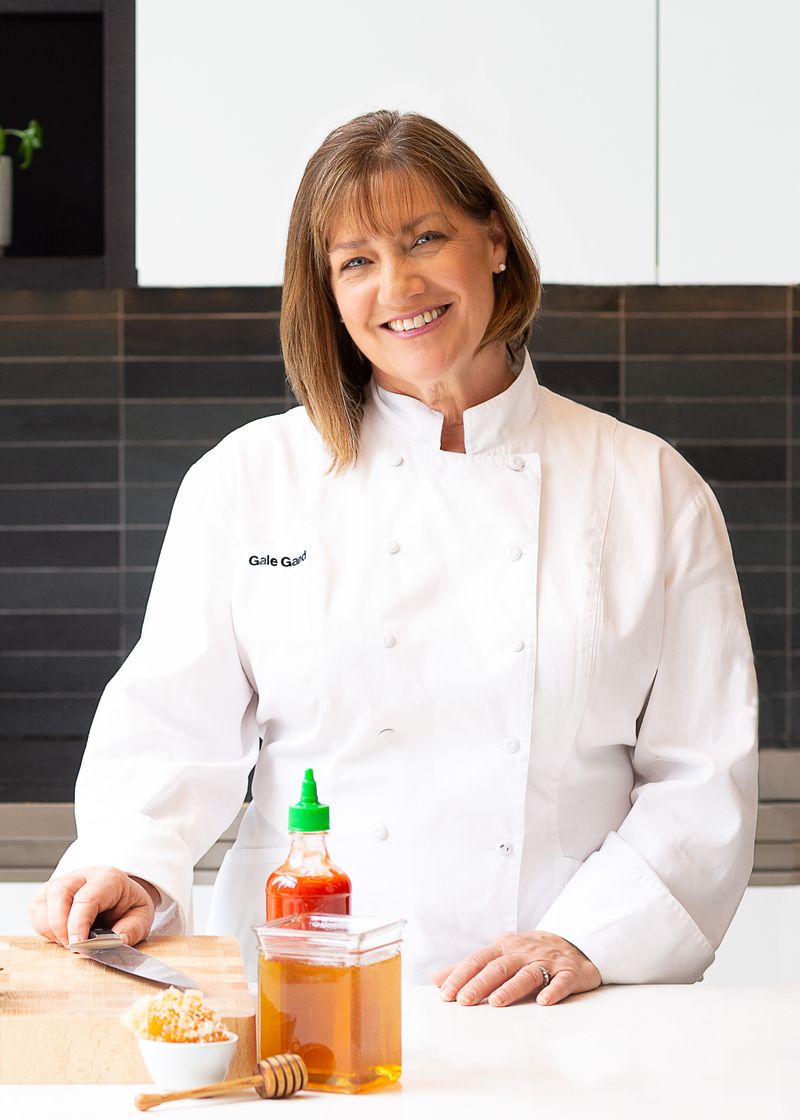
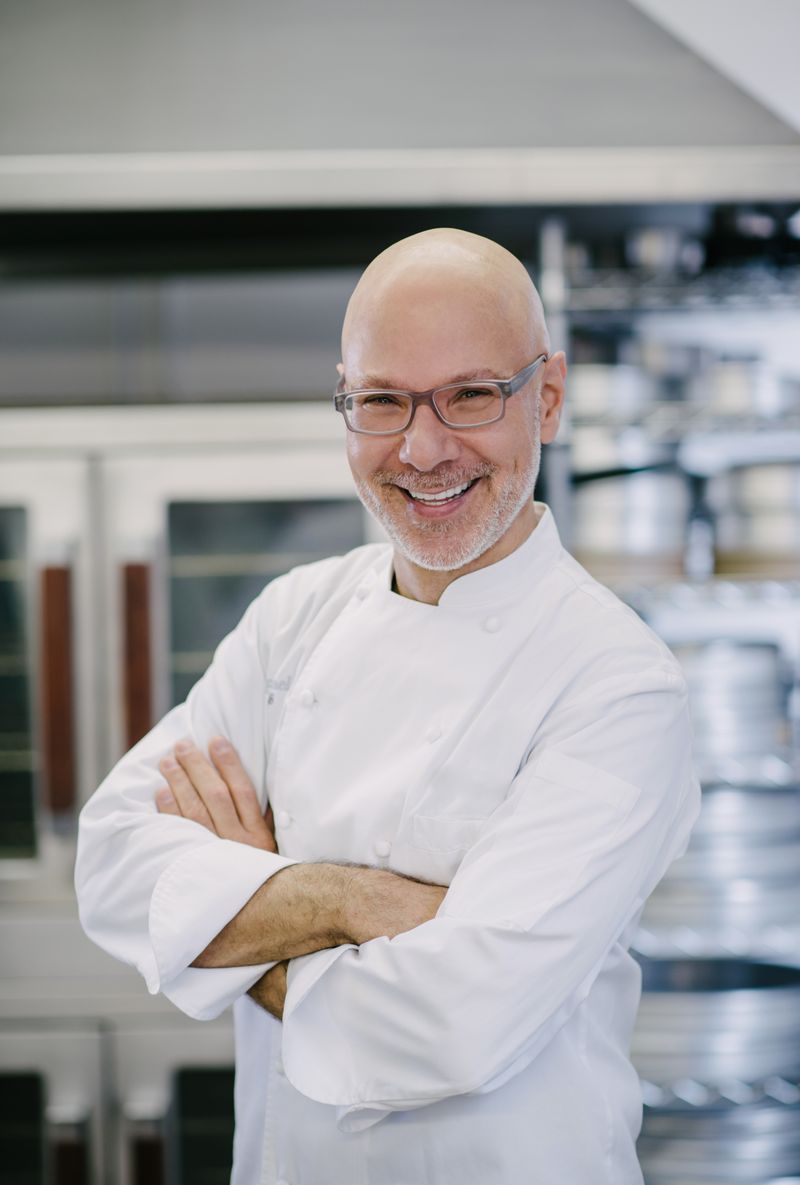
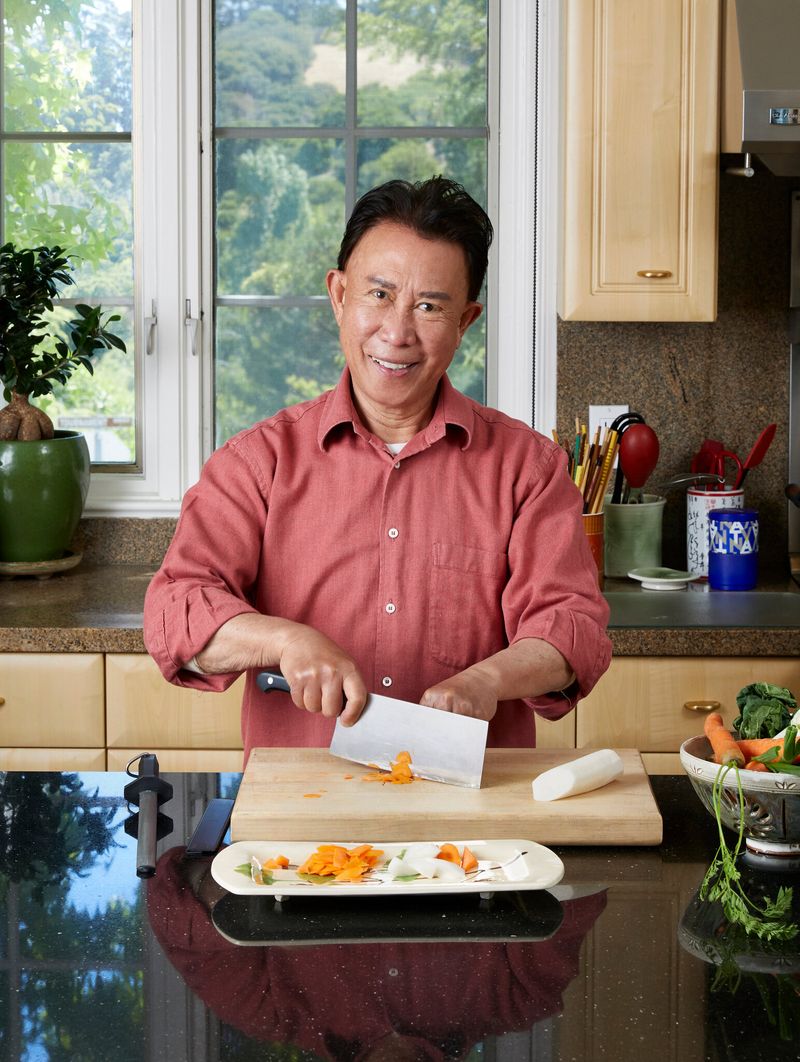
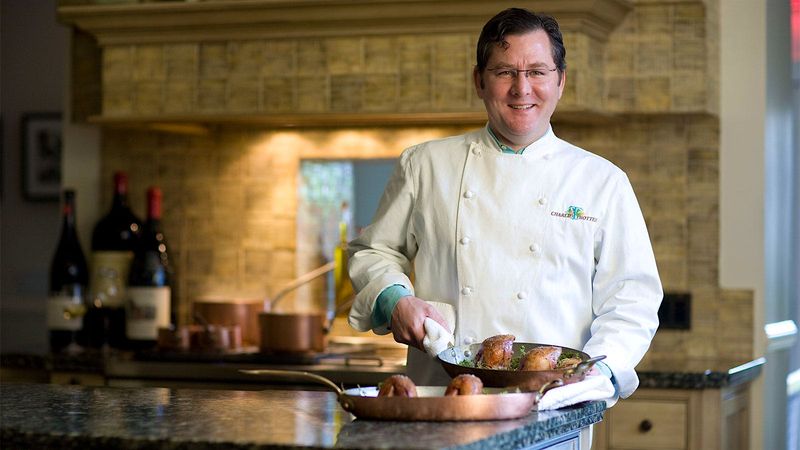
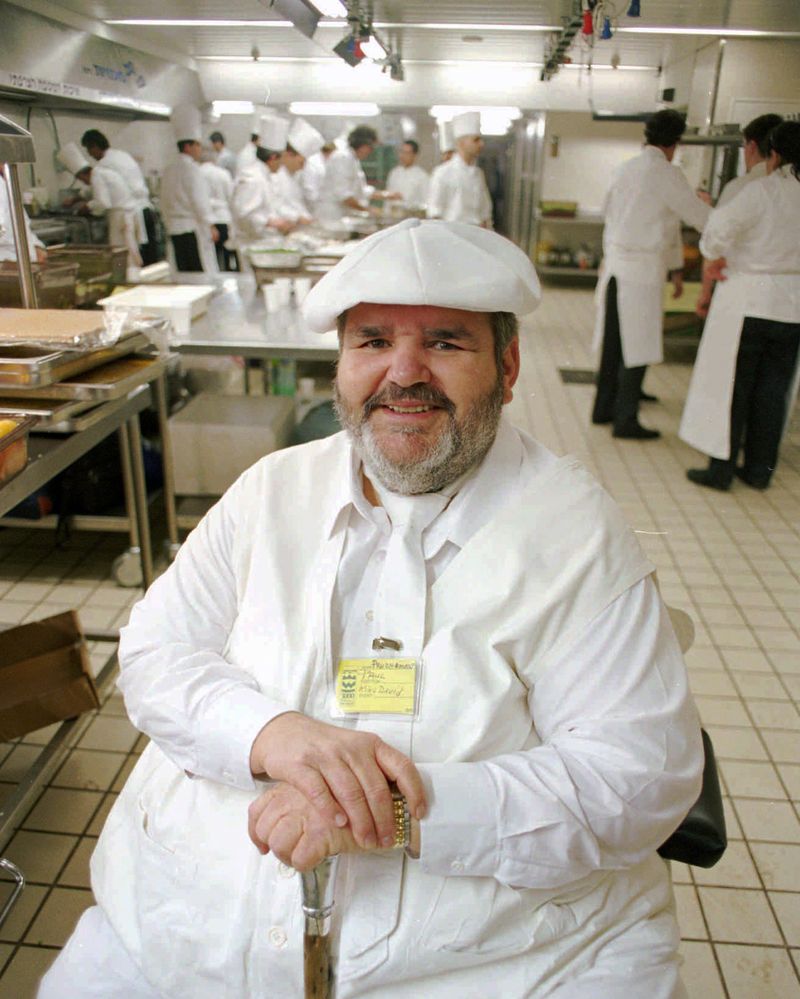
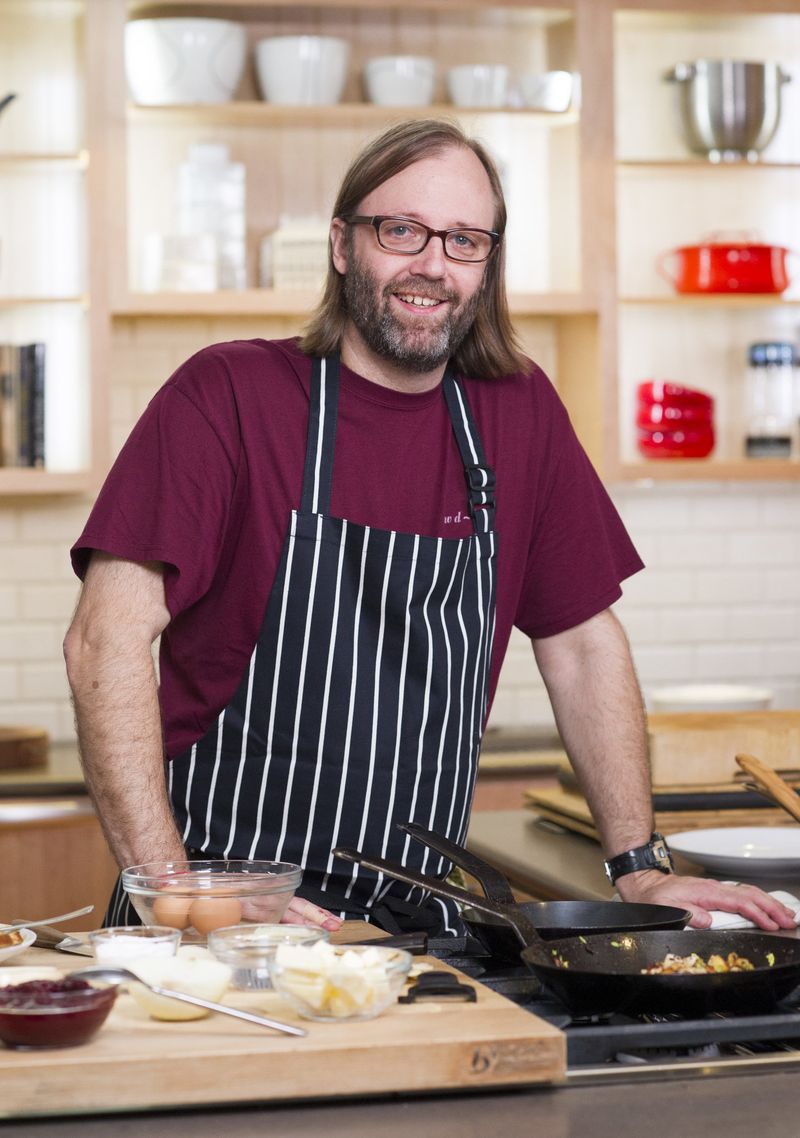
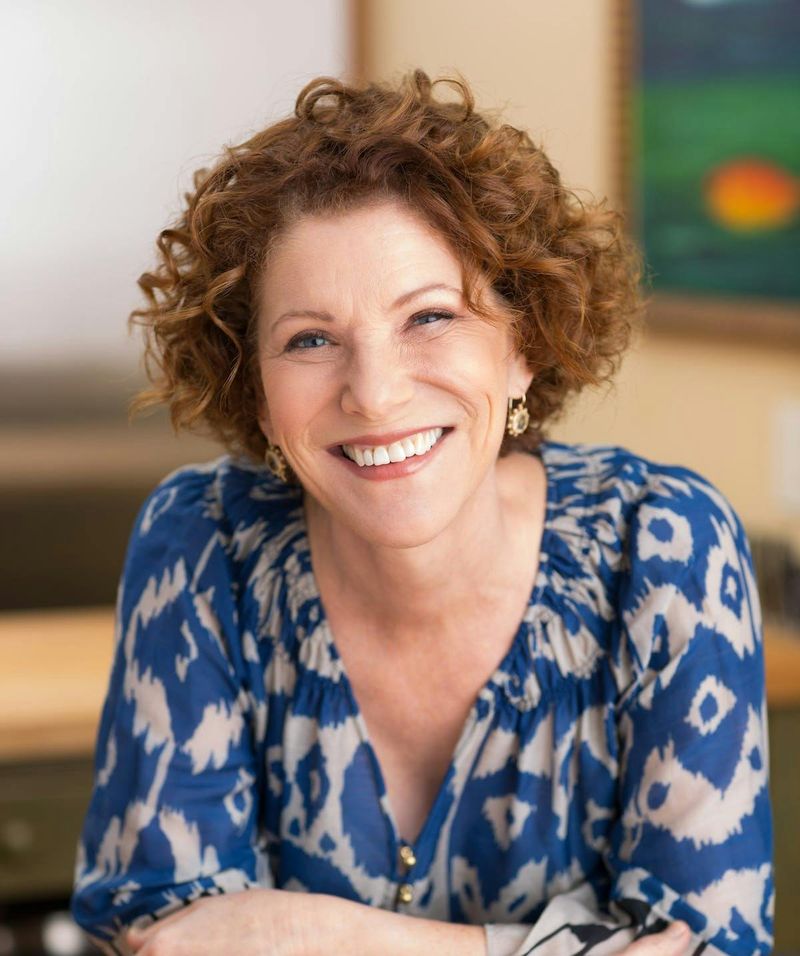
Leave a comment